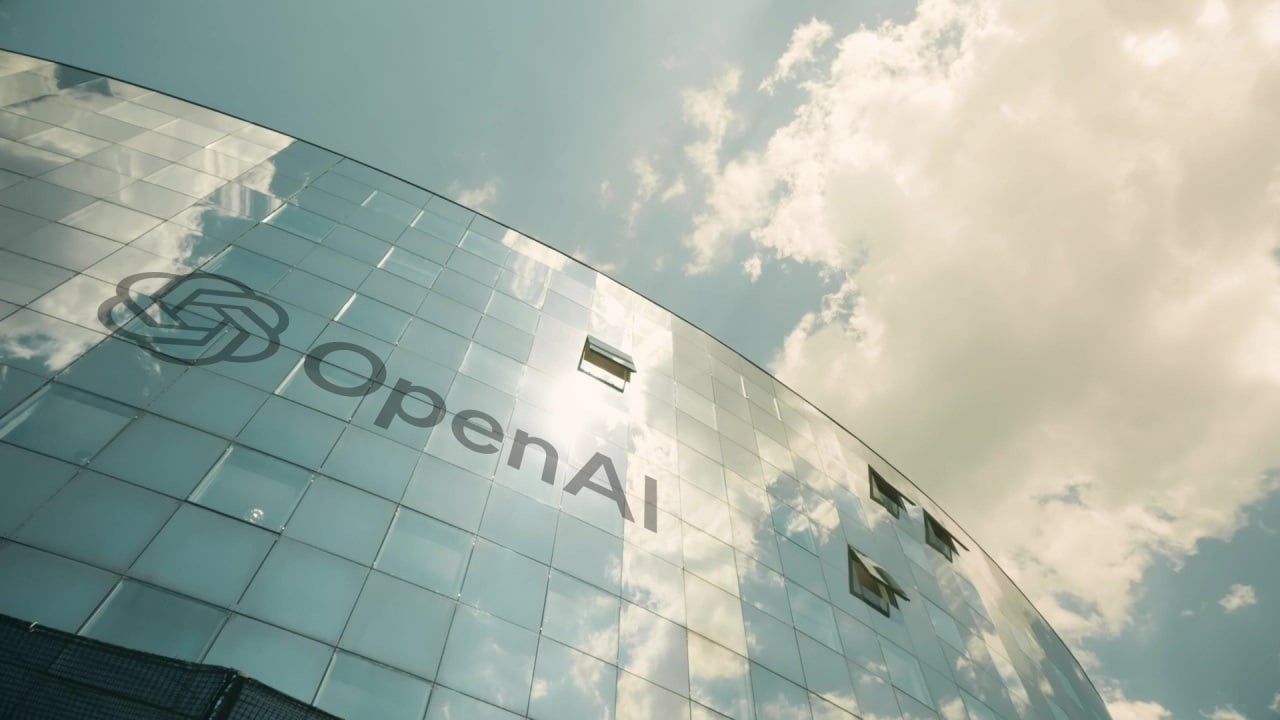The clash between OpenAI and Robinhood over tokenized stocks has sparked a broader conversation about the future of finance, the role of technology in democratizing investment, and the delicate balance between innovation and regulation. At the heart of the debate lies the question of whether tokenized stocks represent a genuine opportunity for retail investors to gain exposure to private markets or whether they are merely a speculative instrument that could expose investors to unnecessary risks.
The Promise of Tokenization
Tokenization, the process of converting real-world assets into digital tokens on a blockchain, has been hailed as a revolutionary force in finance. Proponents argue that tokenization can democratize access to investment opportunities by fractionalizing ownership of high-value assets, such as real estate, art, or private company shares. This fractionalization allows retail investors to participate in markets that were previously inaccessible due to high entry barriers.
Robinhood’s tokenized stock offering is a prime example of this promise. By creating tokens linked to the performance of private companies like OpenAI and SpaceX, Robinhood aims to provide retail investors with exposure to these high-growth assets. The appeal is undeniable: investors can potentially benefit from the success of cutting-edge companies without needing to meet the stringent requirements of traditional private equity investment.
However, the reality is more complex. The tokens offered by Robinhood do not represent direct ownership of the underlying assets. Instead, they are derivative instruments linked to a Special Purpose Vehicle (SPV) that holds the actual shares. This structure introduces several layers of complexity and risk that investors must consider.
The Risks of Tokenized Derivatives
The SPV structure at the heart of Robinhood’s tokenized stock offering raises several concerns. First and foremost is the issue of transparency. The SPV’s holdings and operations may not be fully disclosed to token holders, making it difficult to assess the true value of the tokens. Investors are essentially placing their trust in the SPV and the platform that issues the tokens, which introduces counterparty risk.
Counterparty risk is a significant concern in the world of tokenized derivatives. If the SPV or the platform issuing the tokens fails to meet its obligations, investors could suffer losses. This risk is exacerbated by the lack of clear regulatory oversight in the tokenized asset market. Regulators are still grappling with how to classify and regulate these instruments, leaving investors vulnerable to potential fraud or manipulation.
Liquidity is another critical factor to consider. While Robinhood provides a platform for trading these tokens, the liquidity of the market may be limited. This lack of liquidity could make it difficult for investors to buy or sell tokens at a fair price, particularly in times of market stress. Investors must be aware of these risks and understand that tokenized stocks are not the same as owning actual shares in a company.
The Regulatory Landscape
The OpenAI-Robinhood controversy has drawn attention to the need for clear regulatory guidelines for tokenized assets. Regulators are faced with a complex challenge: how to balance the potential benefits of tokenization with the need to protect investors from risks. The lack of clear classification for tokenized stocks under existing securities laws creates uncertainty for both issuers and investors.
One of the key questions regulators must address is whether tokenized stocks should be classified as securities. If they are deemed to be securities, they would be subject to the same disclosure and registration requirements as traditional securities. This could provide investors with greater protection but may also stifle innovation in the tokenized asset market.
Another critical issue is the role of regulators in overseeing the activities of SPVs and other entities involved in the tokenization process. Clear guidelines are needed to ensure that these entities operate transparently and in the best interests of investors. Without adequate oversight, the tokenized asset market could become a breeding ground for fraud and manipulation.
The Future of Tokenized Stocks
The future of tokenized stocks will depend on the ability of regulators, issuers, and platforms to address the risks and build a transparent and trustworthy market. Companies like OpenAI must carefully consider the implications of tokenization on their equity structure and reputation. While tokenization could potentially unlock new sources of capital and broaden their investor base, it also raises concerns about control and regulatory compliance.
For retail investors, the promise of tokenized stocks is enticing, but it comes with significant risks. Investors must understand the underlying structure of these instruments, the regulatory environment, and the potential risks before investing. They should not assume that tokenized stocks are equivalent to owning actual shares in a company.
The battle between innovation and regulation continues, and the outcome will shape the future of finance for years to come. The OpenAI-Robinhood controversy serves as a reminder of the complex and evolving nature of tokenized assets. While the promise of democratized access to private markets is appealing, it is crucial to approach this new frontier with caution and a clear understanding of the risks involved. Only then can tokenization truly deliver on its promise of creating a more inclusive financial system.





